The Pan Borneo Highway, also known as the Trans Borneo Highway, is a network of roads on Borneo Island that connects the states of Sabah and Sarawak in Malaysia with Brunei Darussalam and eventually, Kalimantan, Indonesian Borneo. The highway is a joint venture project between the Malaysian and Bruneian governments, the project commenced in 1963, following the formation of the Malaysian Federation consisting of Malaya, Sabah, Sarawak and Singapore.
The official route for the highway begins in Miri, and continuing north towards Brunei, Limbang and Lawas in Sarawak, into Sabah via Sindumin and onto Sipitang, Beaufort, Papar, Kota Kinabalu, Sandakan, Lahad Datu and Tawau. The highway ends in Serudong, on the Sabah/North Kalimantan border. The highway also extends southwards from Miri towards Bintulu, Sibu and Kuching, ending at Sematan on the West Kalimantan / Sarawak border.
The entire length of the highway is expected to be 2,239 kilometres; 2,083 kilometres for the Malaysian section. The section that connects Sarawak, Sabah and Brunei is the Lawas-Temburong (Brunei) stretch, which was completed in 1997. By 2002, about 998 kilometres have been completed, with the Tenom-Sipitang section being completed in 2006. The final section of the highway, which is the Kalabakan-Sapulut stretch has begun in 2008.
The entire project is expected to be completed in 2025.
The Pan Borneo Highway is said to cost a total of RM29 billion (RM13 billion for the Sabah stretch and RM16 billion for the Sarawak stretch), including RM2.8 billion for the cost incurred in land acquisition. With the completion of the Pan Borneo Highway beyond 2021, prices and occupancy of the east Malaysian commercial and industrial properties nearby the export hub ports are expected to appreciate and improve. This is due to the boost in business demands and mobility access.
The Communications and Multimedia Ministry also plans to draw a comprehensive plan to build telecommunication towers to ease connectivity along the Pan Borneo Highway. This is in order to propel the economic activities in the region. The Pan Borneo Highway is touted to be the transportation backbone of the states of Sabah and Sarawak and is expected to play a major role to open up the economic corridors and opportunities in its surrounding areas.
As of May 16th 2016, the land clearing of the ‘Right of Way' for the 33 kilometre-long Telok Melano-Sematan stretch is said to be 70 per cent complete. According to Lebuhraya Borneo Utara (LBU), the Project Delivery Partner for the Pan Borneo Highway Sarawak, the entire stretch is expected to be cleared by end of June 2016, enabling cut-and-fill activities, which is the next stage of construction works to commence.
The Telok Melano-Sematan (TMS) stretch is the only package in the 746 kilometre stretch of the Pan Borneo Highway Sarawak from Telok Melano to Miri to be constructed anew. All the other packages entail development or upgrading of the existing R3 JKR standard two-lane single carriageway into an R5 JKR standard four-lane dual carriageway.
Slightly different from the other stretches, the TMS stretch will comprise an R5 JKR standard two-lane single carriageway to provide connectivity to Telok Melano and Tanjung Datu National Park whilst trying to minimise disruption of the surrounding Samunsam wildlife sanctuary.
The contractor of the Pan Borneo Highway in Sarawak is Lebuhraya Borneo Utara Sdn. Bhd. (LBU), who is the Project Delivery Partner (PDP) for the Pan Borneo Highway Sarawak. A home-grown Sarawak company based in Kuching, Sarawak, LBU consists of a team of qualified Bumiputera personnel with construction as well as project development and management experience. LBU is supported by a Board of Directors with highway construction specialist expertise crucial for the delivery of the Highway according to time and budget specifications.
It has been a long journey for LBU to develop and propose a suitable and workable project concept to the Government of Malaysia for the Pan Borneo Highway. Apart from delivering the best value, LBU is committed to the Government to involve local talents, contractors, companies and resources towards building up local expertise in highway construction.
In Sabah, the first phase of the Pan Borneo Highway would see the construction of an over 11.7 kilometre stretch from Donggongon in Penampang. The stretch would be part of a 706 kilometre upgrading of existing single-lane trunk roads to a dual carriageway highway. In the future, the highway would also see the construction of a new coastal highway from Tuaran to Sabah's northernmost district of Kudat. At the same time, the Lahad Datu Bypass is also currently undergoing a design process.
According to the Prime Minister, Datuk Seri Najib Razak, the Pan Borneo Highway's impact will bring Sabah to the next level of socio economic development. He added that the highway will also be a game-changer for Sabah as its impact on the state will be long term and continuous.
Together with Kota Kinabalu's upcoming bus rapid transit, the development the bus service and the highway will improve accessibility in the state capital.
As of July 19th, some 16 more companies were said to have vied for works packages under the Pan Borneo Highway project. Some of the prominent bidders are joint-venture companies whose partners comprise of one Peninsular Malaysia-based firm and an East Malaysia player. Eight major works packages worth up to RM10 billion had been finalised and would be awarded.
The recipients of the contracts are said to be predominantly Sarawak-based companies, some of whom have partnered with Peninsular Malaysia contractors during the bidding process. The bids for the upcoming packages had been submitted before the May 30 deadline, which was imposed by Lebuhraya Borneo Utara Sdn Bhd.
For the next round of contracts, set to be given out for the RM16 billion Pan Borneo Highway project, more Sarawak construction firms will be recipients of the contracts. Among the Sarawak firms that had participated in the tenders are Cahya Mata Sarawak Bhd, Hock Seng Lee Bhd (HSL), Zecon Bhd, Shin Yang Shipping Corp Bhd and Naim Cendera Sdn Bhd.
WHAT THIS MEANS FOR THE FUTURE Much like how the new MRT project in the Klang Valley will benefit and tremendously improve Kuala Lumpur's transportation system, whilst linking developing areas with the eastern half of the city centre, the Pan Borneo Highway will radically improve accessibility to and from rural areas with the major towns and cities in Borneo for business and tourism. Current travel routes in the interiors of Sabah and Sarawak are still largely dependent on river transportation with limited rural air services. With this highway, bridges will be built as it will eliminate the hassle of long boats and ferries used by locals for the longest time. This highway will be a beacon of hope to the many people who live here, who have been waiting for a world-class infrastructure of interconnected highway systems.
Movement for Malaysians between states in the peninsular via the North-South Expressway (PLUS Highway) are already easy and efficient, allowing them to go for holidays, visit relatives and conduct businesses with quick transport of goods.
With this accessibility, it will definitely help speed up economic development. Facilities such as integrated rest and service centres will also be in place, offering a boost to domestic and international tourism and these new rest and recreation stops will surely bring income opportunities for the rural people. Towns along the highway such as Serian, about 65 km out of Sarawak's capital, are already excited at the prospect that tourism will bring for their small businesses.
The Prime Minester, Najib Razak also said that highway will open up many far flung areas and native customary lands that have been abandoned. With better road infrastructure, the movement of people and goods will increase and spur economic activities, whilst also bolstering trade with neigbouring Brunei.
The Pan Borneo Highway project involves the construction and upgrading of 779 kilometres of single carriageway roads to dual carriageway. Subsequently, the project would also involve the construction and upgrading of 115 bridges, as well as three rest and service areas.
According to Works Minister, Datuk Seri Fadillah Yusof, the job flows in the second quarter had been fairly slow with only RM5.9 billion in contracts dished out compared with RM30.8 billion in the first quarter of 2016. "We remain excited for the construction sector with the prospect of more job flows in the coming months" it said, adding that small-to-mid cap companies could respond actively to news flows relating to major projects such as the Pan Borneo, the share prices of larger players may be more subdued due to built-in expectations" he added.
On the 11th Malaysia Plan, the construction sector is expected to contribute 5.5 per cent growth to the gross domestic product. This sector will be expected to create 1.2 million jobs and spin off opportunities for more than 120 small and medium enterprises (SMEs). In the future, the Construction Industry Transformation Programme (CITP) is expected to transform the industry into one of the most productive, safe, high-quality, competitive and professional industries in the global front.
In the future, there are plans to expand the Pan Borneo Highway to the Indonesian South of Borneo. However, no dates have been set on when this project will commence.
Sources: 1. Tender for remaining eight packages of the Pan Borneo Highway will be announced by the end of the month; New Straits Times Online (20 May 2016) 2. Pan Borneo Highway - link of a thousand opportunities; New Straits Times Online (27 April 2016) 3. After election win, renewed commitment to Pan Borneo Highway; Channel News Asia (15 May 2016) 4. Pan Borneo Highway Sarawak 5. More Pan Borneo jobs, S'wak firms poised to win RM10bil contracts; The Star Online (19 July 2016) 6. Govt to bear RM2.8b cost of Pan Borneo Highway land acquisition; The Edge Property MY (27 May 2016) 7. Connecting Sarawak and Sabah to Open Opportunities; Energy of Sarawak (28 May 2015)
_PH_Banner_(Desktop)(1200x180px).png)
.jpg)
.jpeg)
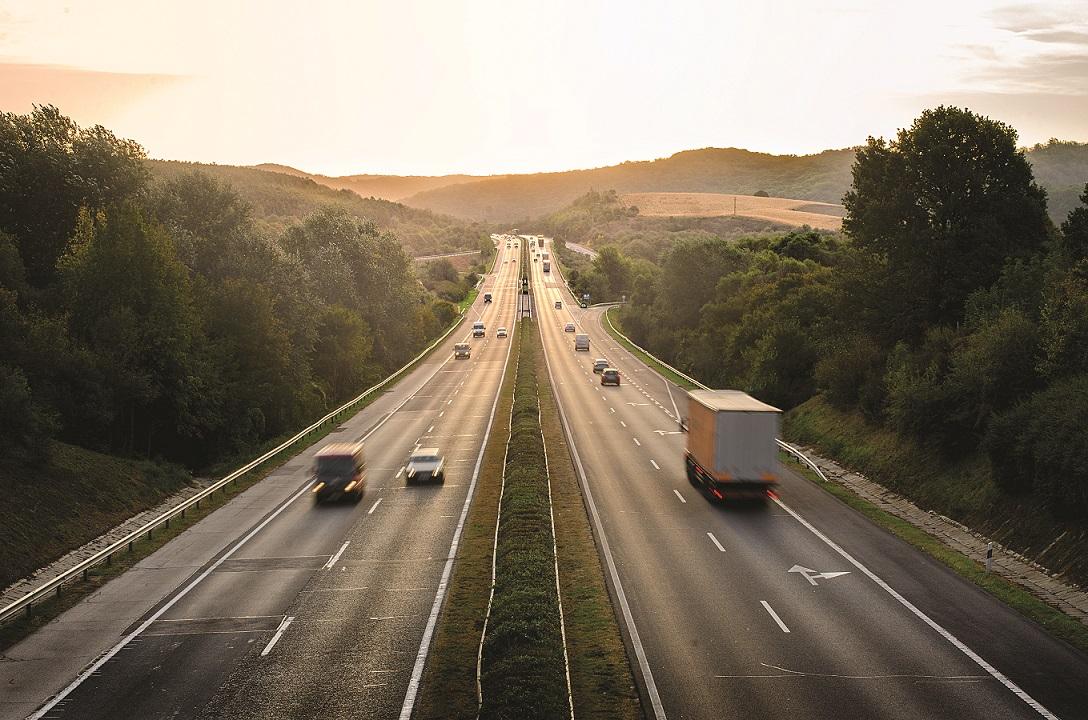
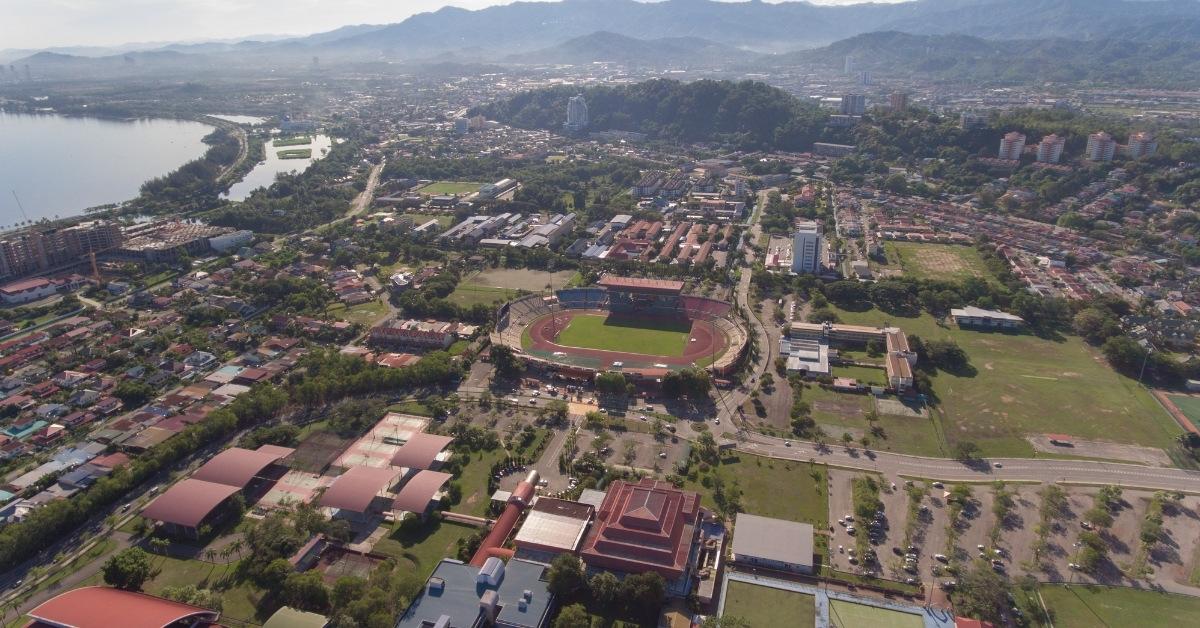
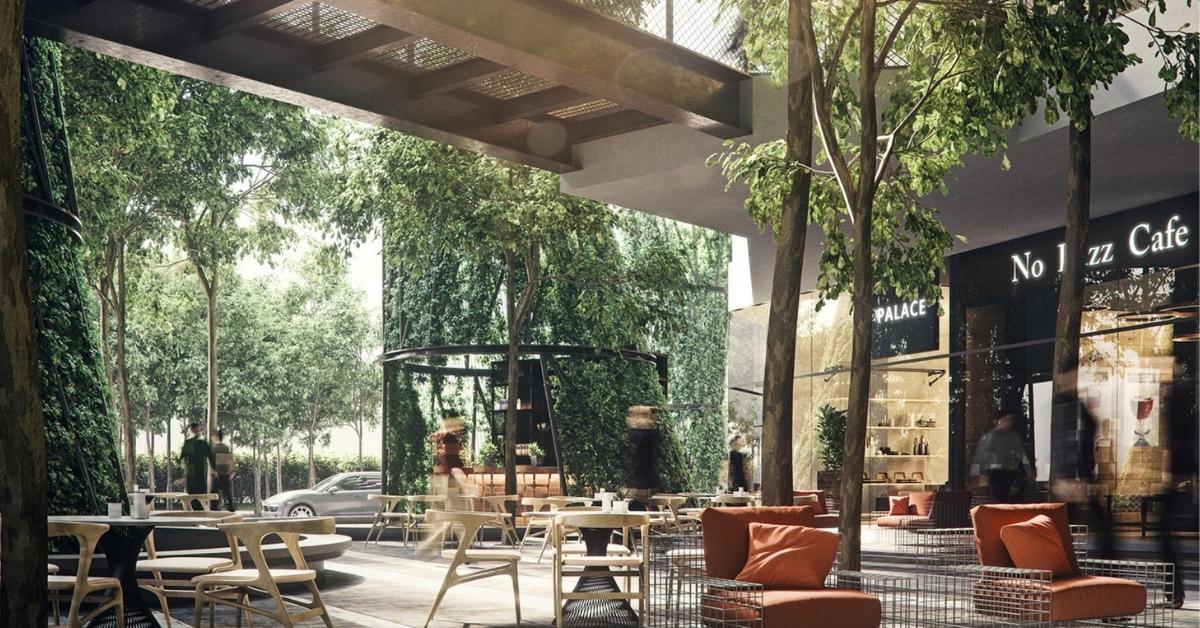
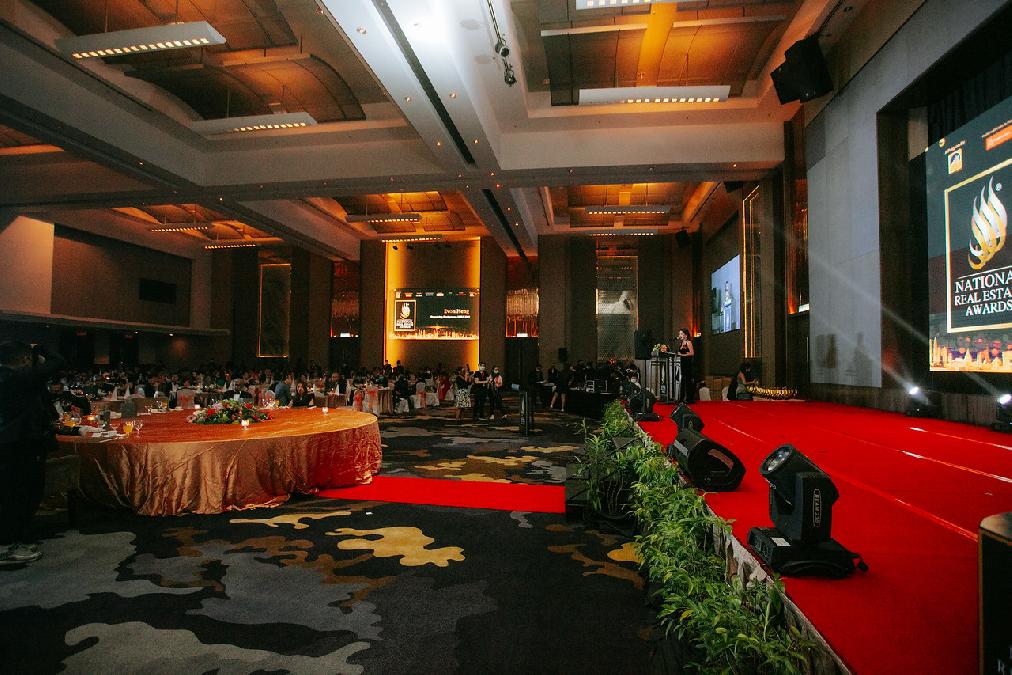
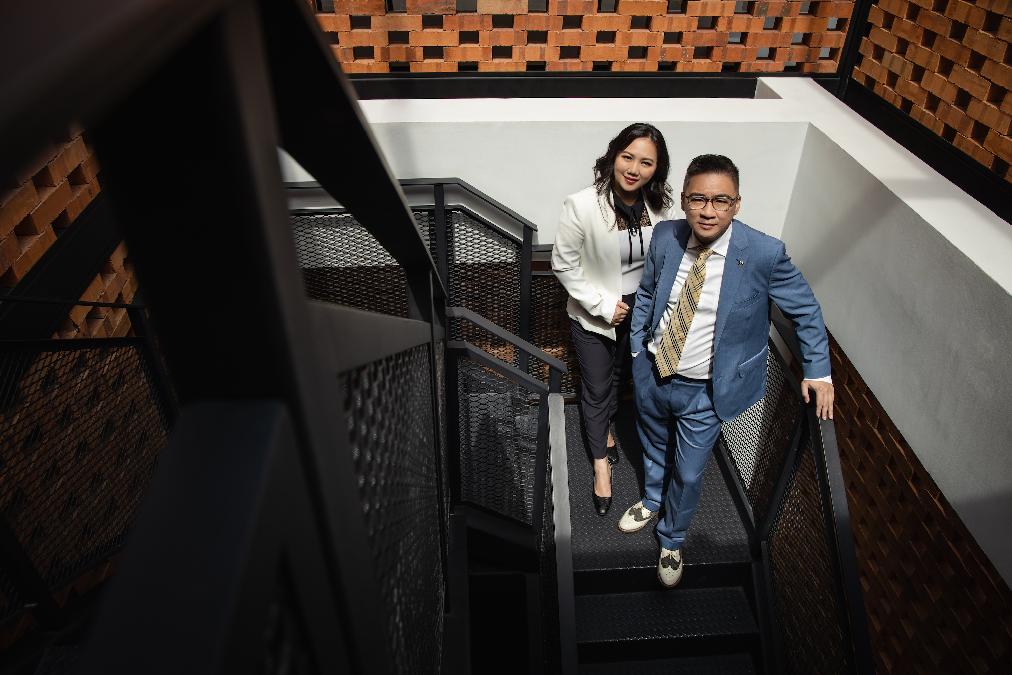
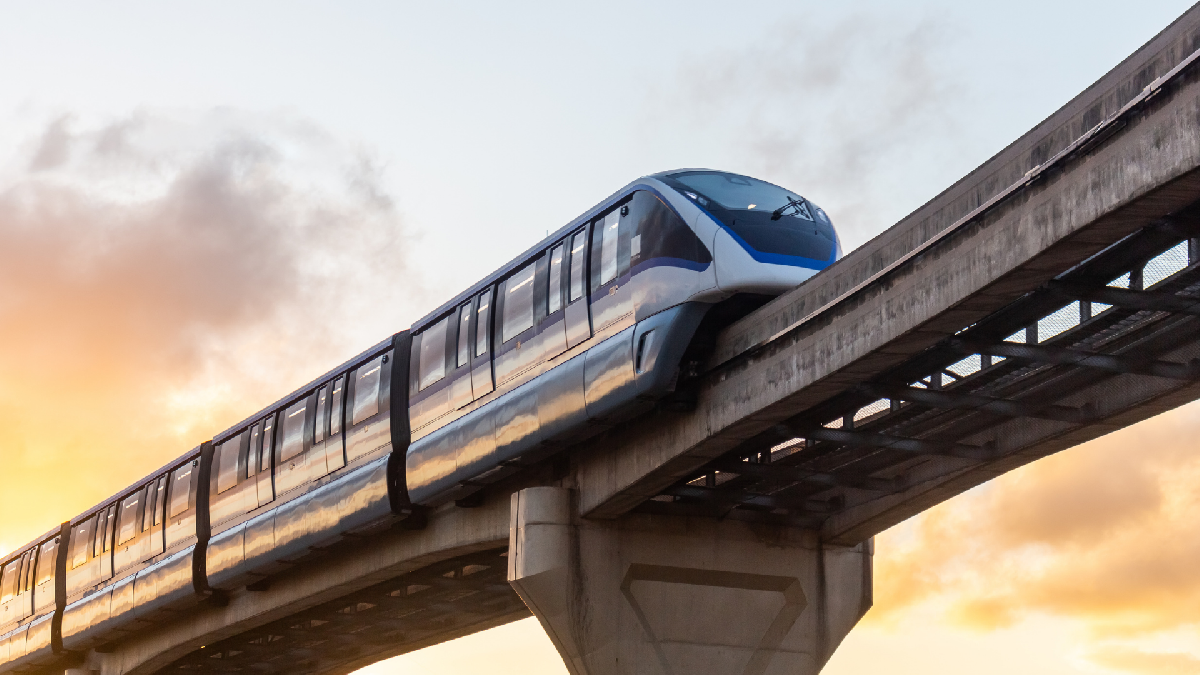


.jpg)
.jpeg)
